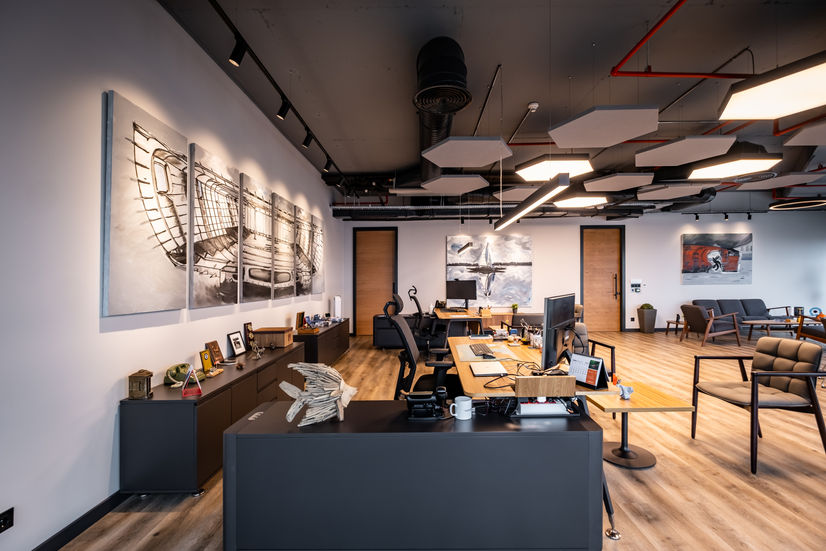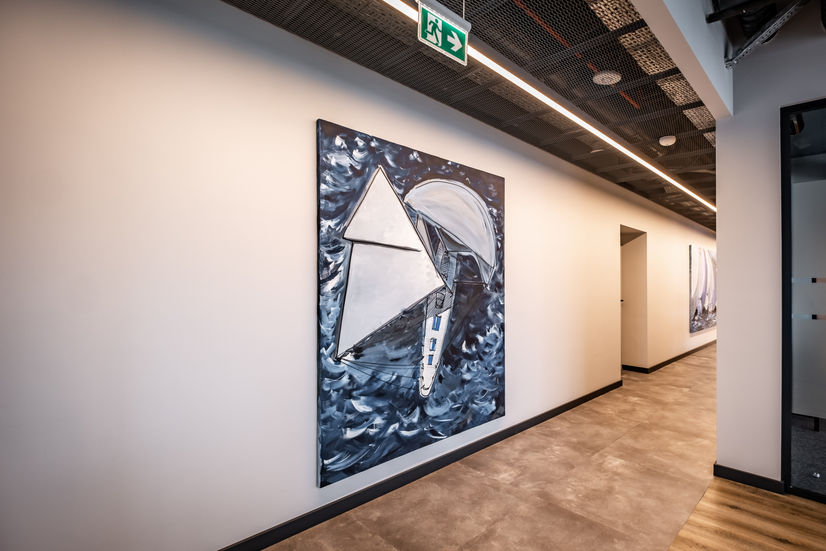One Art One Interior | Nemomarin
Embedded wall art represents the harmonious blend of two distinct realms: artistry and architecture. Rather than merely hanging on a wall, these pieces become an integral part of the space's structure. Artists collaborate closely with architects and designers to envision and execute works that flow seamlessly with the room's layout, complementing its aesthetics.
The choice of materials is crucial in achieving the desired dynamic effect. Artists often employ a diverse range of materials, such as glass, metal, stone, or even wood, to create textural contrast and visual intrigue. The juxtaposition of materials can evoke a sense of movement and depth, transforming an otherwise static wall into a dynamic canvas.
Embedded wall art often takes on a sculptural quality. Artists carve, mold, or assemble their creations directly into the wall, imparting a sense of three-dimensionality. These works can appear as though they are emerging from the surface, inviting viewers to engage with them from various angles, thereby transforming the way they perceive the space.
Dynamic art embedded in walls frequently incorporates lighting elements. The interplay of light and shadow enhances the visual impact of the piece, creating a dynamic and ever-changing display. This dynamic effect can be further manipulated through the use of programmable lighting systems that adapt to different times of the day or specific occasions.
Embedded wall art can be designed to tell a story or reflect the purpose of the space it inhabits. In commercial settings, for example, it can convey a brand's identity or the history of the company. In residential spaces, it can be a reflection of the homeowner's personality or interests. The narrative aspect of embedded art deepens the connection between the space and its inhabitants.
One of the most remarkable qualities of embedded wall art is its ability to harmonize with its surroundings. Rather than competing for attention, it often complements the existing decor and architectural features. This integration creates a sense of unity and balance within the space.
Embedded wall art is not static; it evolves with the space it inhabits. As the room changes over time, these art pieces remain a constant presence, adapting to new surroundings and configurations. This adaptability ensures that the dynamic effect of the art piece remains relevant and captivating for years to come.
Embedded wall art redefines the concept of art in interior spaces. It transforms walls from passive backdrops into living canvases that engage, captivate, and harmonize with their environment. This dynamic effect breathes new life into interior design, offering a seamless fusion of art and architecture that enhances the overall aesthetic and experience of a space. It's a testament to the boundless creativity of artists and the transformative power of design, leaving a lasting impression on anyone who encounters it.























